1.Huangguoshu Waterfall
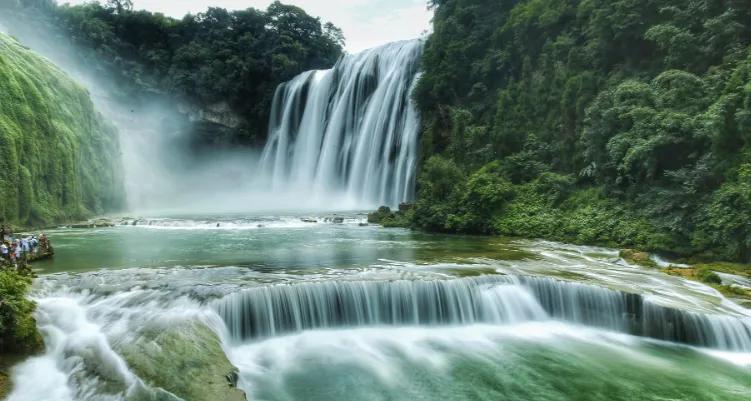
Huangguoshu Waterfall is the largest waterfall in China and Asia, and is also one of the most famous waterfalls in the world. There are three scenic areas in the Huangguoshu Scenic Area, namely the Doupotang Scenic Area, the Tianxing Bridge Scenic Area, and the Big Waterfall Scenic Area.
2.Tongren Fanjing Mountain

Fanjing Mountain can be described as “Wuling Peach Blossom Land”. Wuling Mountain is the dividing line between the Yunnan-Guizhou Plateau and the Xiangxi Hills. Fanjing Mountain happens to be the highest peak of Wuling Mountain. The mother river of Tongren, Jinjiang River, originates here. Fanjing Mountain is a high mountain with geological wonders.
3.Xijiang Qianhu Miao Village
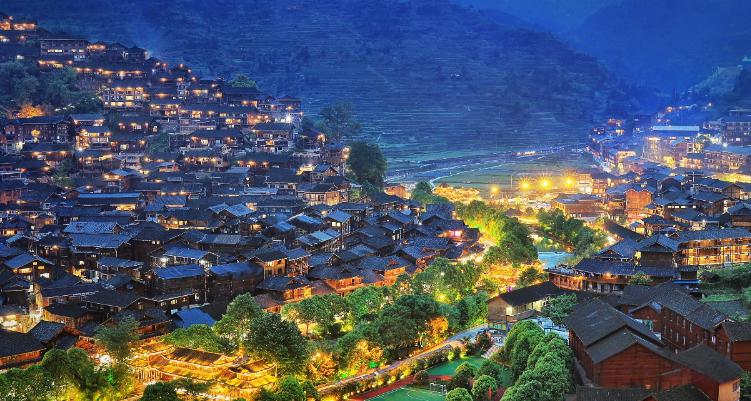
Xijiang Qianhu Miao Village is a place that preserves the Miao people’s “original ecological” culture intact. It is composed of more than 10 natural villages built on the mountain. It is the largest Miao village in China and even in the world. Xijiang Qianhu Miao Village is an open-air museum that exhibits an epic of the development of the Miao people.
4.Zhaoxing Dong Village
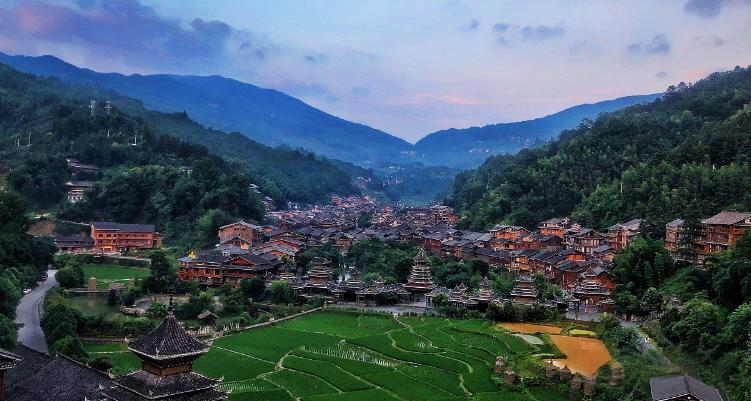
Zhaoxing Dong Village, located in Liping County, Qiandongnan Prefecture, Guizhou Province, is the largest Dong village in the Qiandongnan Dong area. Zhaoxing Dong Village is most famous for its drum towers, which are unique among Dong villages in China and are listed in the Guinness World Records. It is known as the “Hometown of Drum Tower Culture and Art”.
5.Basha Miao Village
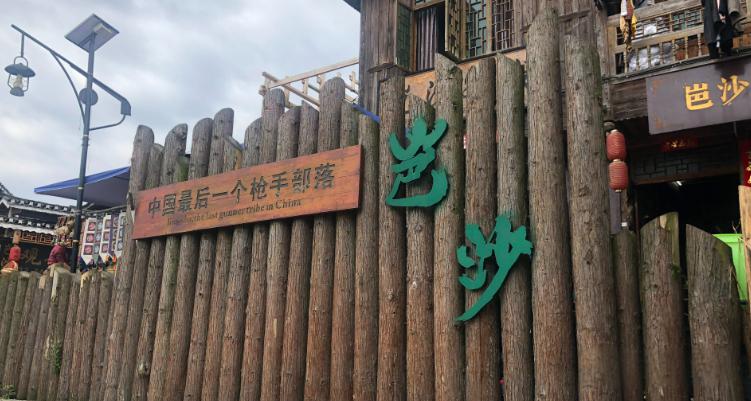
Basha Miao Village, known as “China’s last gun-carrying tribe”, is located in Qiandongnan Miao Autonomous Region, Guizhou Province. It is a pure Miao village with a total of 5 villages, 371 households and 2,061 people. The village still retains a strong ancient heritage and ancient production methods.
6.Chishui Danxia Tourist Area

The Chishui Danxia Tourist Area is located in the south of Chishui City, Zunyi City, Guizhou Province. It consists of three major scenic spots: Chishui Grand Waterfall, Foguang Rock and Yanzi Rock. It is a Danxia landform tourist area integrating mountains, valleys, waterfalls, rivers, and rare animals and plants. It is the core scenic spot of the Chishui Danxia, a world natural heritage, and is also a national geological park, national forest park, and national nature reserve.
7.Zhenyuan Ancient City
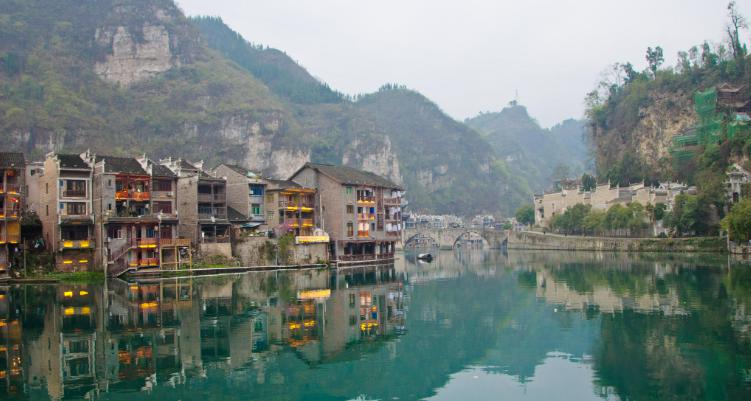
Zhenyuan was established as a county in the fifth year of Emperor Gaozu of the Han Dynasty. It has a history of more than 2,200 years. It is the oldest famous city on the Yunnan-Guizhou Plateau and is known as one of the four ancient towns in Guizhou along with Qingyan, Bing’an and Longli. The mother river of Zhenyuan, Wuyang River, flows through the city in an S shape, forming a Bagua diagram, so Zhenyuan is also known as the Bagua Ancient Town.
8.Qingyan Ancient Town
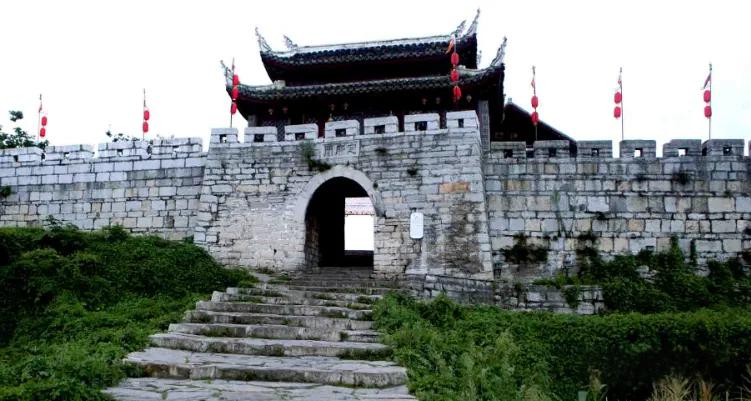
Qingyan Ancient Town, located in Huaxi, southern suburb of Guizhou, was built in the Ming Dynasty and was originally a military fortress. The ancient town is mainly inhabited by Miao and Buyi peoples, and a large number of ancient buildings from the Ming and Qing dynasties are well preserved in the town. The filming of the movie “Looking for the Gun” made Qingyan Ancient Town known to more people.
9.Bing’an Ancient Town
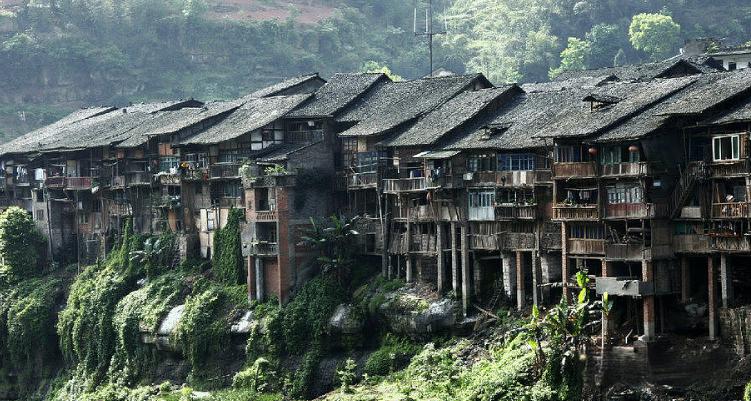
There are numerous large and small towns scattered along the Chishui River. The ancient town of Bing’an is the first section of the western part of the Chishui River. It is a hub for salt transportation in southwest China and a stronghold for the Red Army’s “first crossing of the Chishui River”.
10.Jinpinglongli
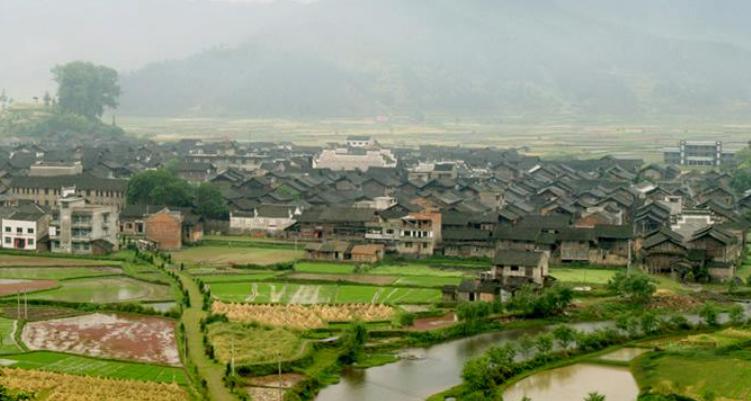
Longli was formerly known as Longli. It was originally a garrison castle founded by Zhu Zhen, the sixth son of Emperor Taizu of the Ming Dynasty. In the Qing Dynasty, it was renamed Longli, which means “the place of prosperity”. The ancient town is very small, with two streets crossing each other. Today, Longli is the only town in southeast Guizhou inhabited entirely by Han people. Their lifestyle, architecture, and customs still retain a strong ancient Han cultural style. The architecture has the charm of Beijing courtyards, the exquisiteness of Jiangnan water towns, the configuration of Jiangxi folk houses, and the form of stilt houses of the local Miao and Dong ethnic groups, and other styles of folk houses.
11.Libo Scenic Area
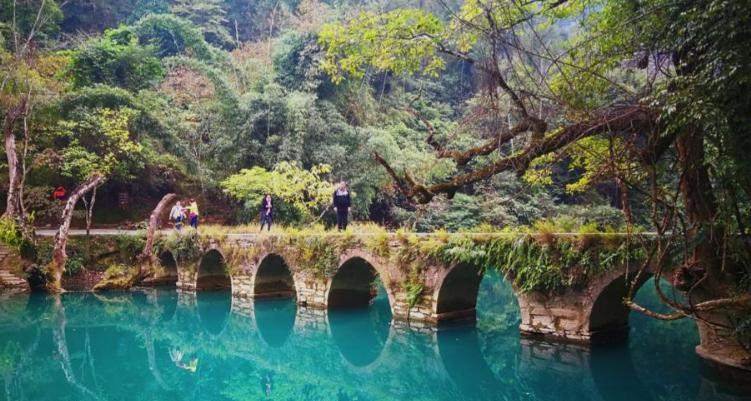
Libo Scenic Area is the abbreviation of Zhangjiang National Key Scenic Area in Libo, located in Qiannan Buyi and Miao Autonomous Prefecture, Guizhou Province. It consists of eight natural scenic areas and five red scenic spots. The eight natural scenic areas are: Libo Xiaoqikong Scenic Area, Libo Daqikong Scenic Area, Libo Shuichun River Scenic Area, Zhangjiang Scenic Belt, Libo Maolan Karst Primitive Forest Reserve, and Guanyin Peak Leisure Resort.
12.Bijie Baili Rhododendron Scenic Area
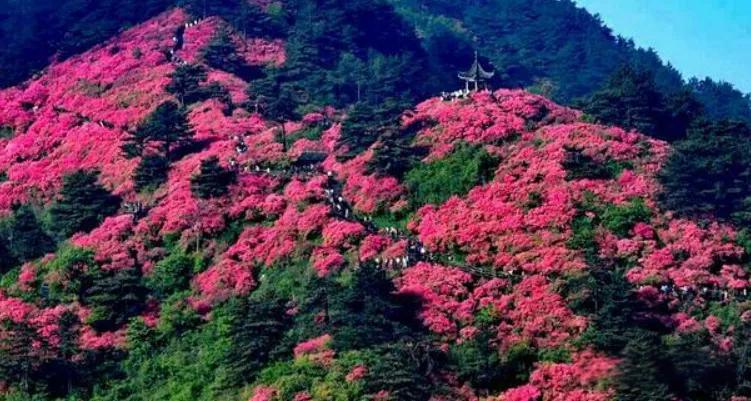
Located at the junction of Dafang and Qianxi counties, it is the largest native azalea forest in China so far, and is named Bailijuan. There are dozens of varieties of azalea distributed on the narrow hills about 50 kilometers long. The most rare thing is “one tree with different flowers”, that is, one tree can bloom different varieties of flowers, and the most spectacular one can reach 7 varieties.
13.Anshun Dragon Palace Scenic Area
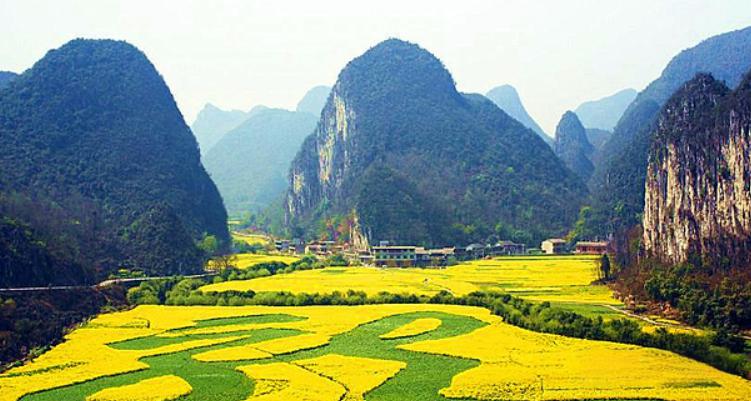
The Longgong Scenic Area is dominated by karst caves, caves and waterfalls, and integrates various karst geological landforms such as canyons, peaks, cliffs, streams and rivers, and stone forests. It includes four major areas: Longgong, Youcai Lake, Xuantang, and Leech. It has won two world records for “the largest number of water and land caves, the most concentrated concentration, and the lowest natural radiation dose rate.”
14.Ziyun Getu River Cave Scenic Area
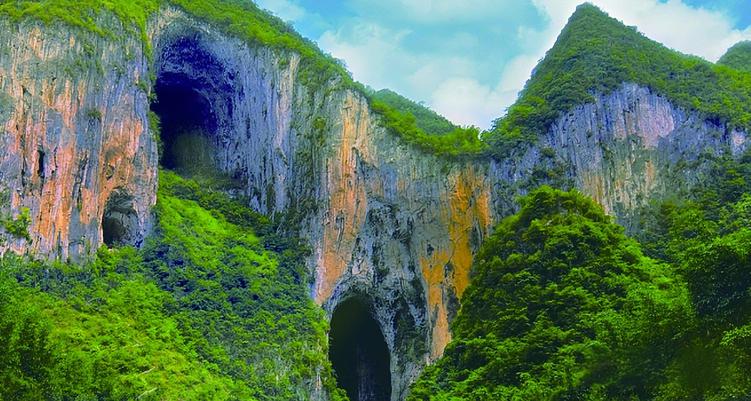
The Getu River Chuandong Scenic Area is located in the southwest of Guizhou Province, including the Big Chuandong, Tianxing Cave, Chuan Shangdong, Blind Valley, Small Chuandong, Miao Hall, Zhongdong Miao Village, etc., which almost encompasses all the characteristics of karst landforms. There are both mysterious natural landscapes formed by the Getu River winding through the mountains and underground, and also cultural customs similar to Zhongdong Miao Village.
15.Xingyi Wanfeng Forest
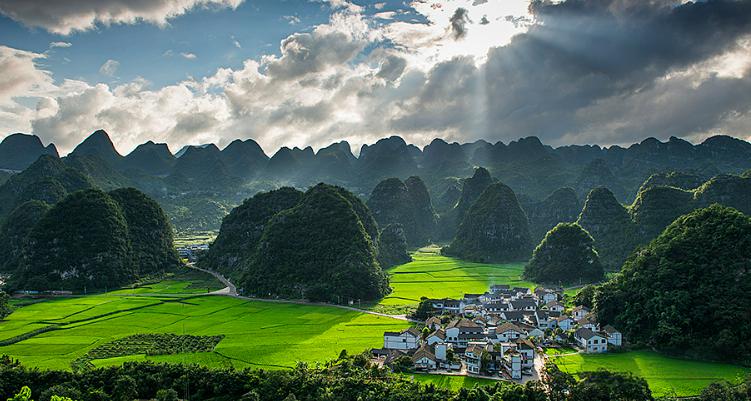
Xingyi City calls the East Peak Forest and West Peak Forest in the urban area “Wanfeng Forest”. “National Geographic China” rated Wanfeng Forest as one of the three most beautiful peak forests in China. Wanfeng Forest has various forms, including five types: array peak forest, sword peak forest, group dragon peak forest, arhat peak forest, and stacked hat peak forest.
16.Xiangke River Scenic Area
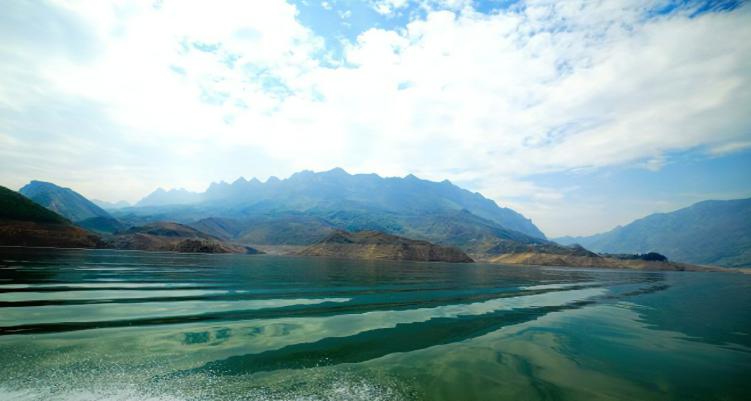
The Xiangke River Scenic Area is located in the west of Liuzhi, which is part of the Pearl River Basin and Beipanjiang River system. The Xiangke River Scenic Area not only has the Xiangke River, but also has Xiangke Village, Jiwang Village, Dabuwang Village, Xiaobuwang Village, Anu Village, Mucheng Village, Langdai Ancient Town, Maokou Ancient Town, Nanji Mountain and other scenic spots.
17.Zhijin Cave
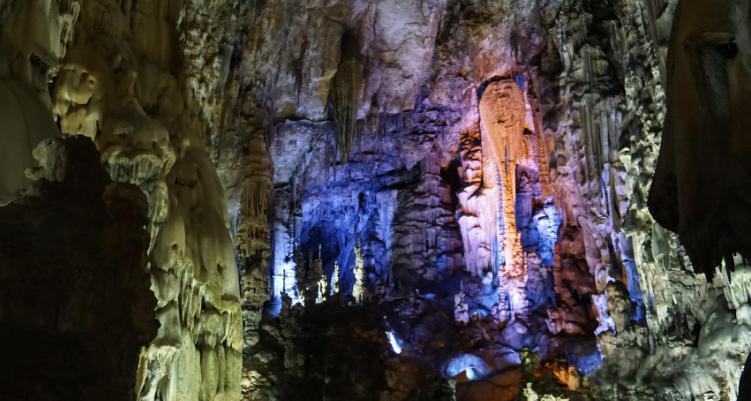
Zhijin Cave, formerly known as “Daji Cave”, is located in the Miao and Yi villages, Guanzhai Township, Zhijin County, Bijie City, Guizhou Province. It is known as the “World Karst Museum” and “the world’s first-class karst landscape”. It is famous for its three characteristics of “large, strange and complete”. It is a natural exhibition hall of world-class geological treasures and the only cave listed as a “World Geopark Protection Area”.
18.Maling River Canyon

The Maling River Canyon is a concentrated expression of the multi-layered karst landforms. It is famous for its fissures, canyons and waterfalls. It is very conducive to rafting exploration and sightseeing activities and is known as “a beautiful scar on the earth.”
19.Wumeng Mountain
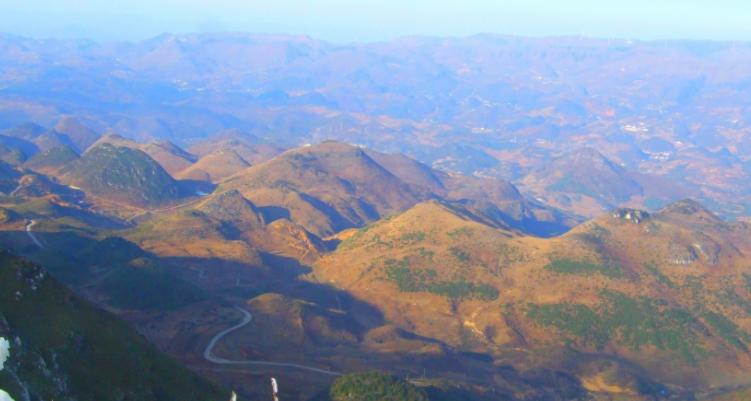
Wumeng Mountain is one of the main mountain ranges on the Yunnan-Guizhou Plateau. It is not only the roof of Guizhou Province, but also the source of many large rivers, such as the Nanpan River and Beipan River in the upper reaches of the Pearl River, and the Wujiang River and Chishui River in the Yangtze River Basin all originate from Wumeng Mountain.
20.Tianhetan
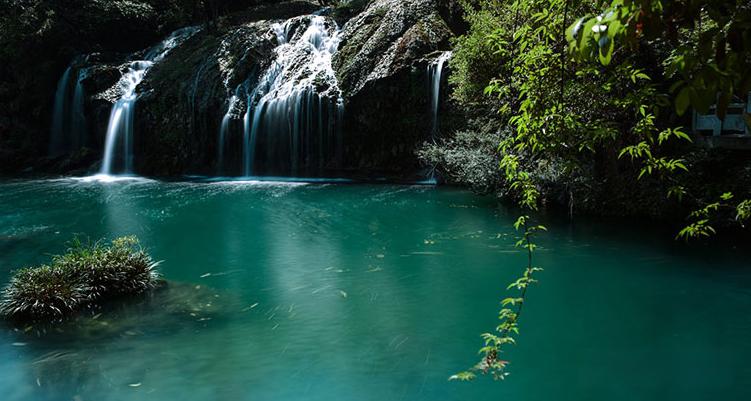
It is a typical exposed area of thin carbonate rock, with frequent folds, crisscrossing faults, winding river valleys, and deep vertical and horizontal incisions; there are more than 20 calcified beaches and bars accumulated on the riverbed, connecting more than 20 caves.
